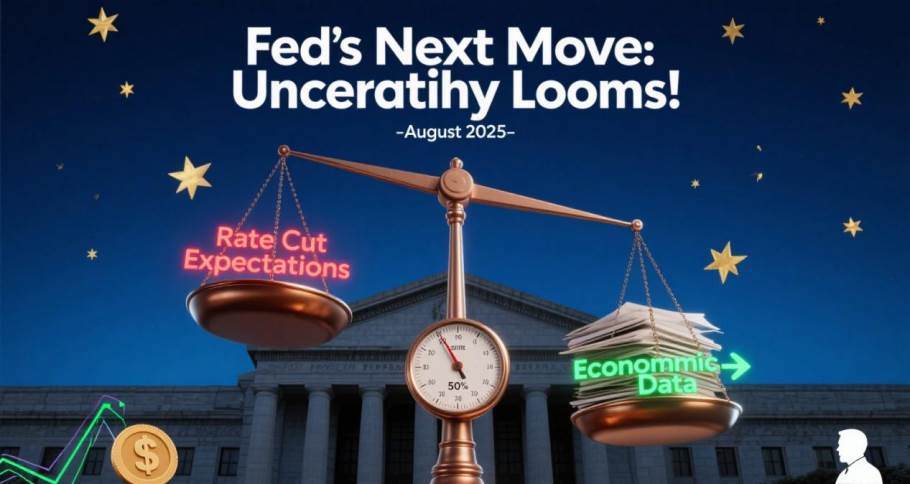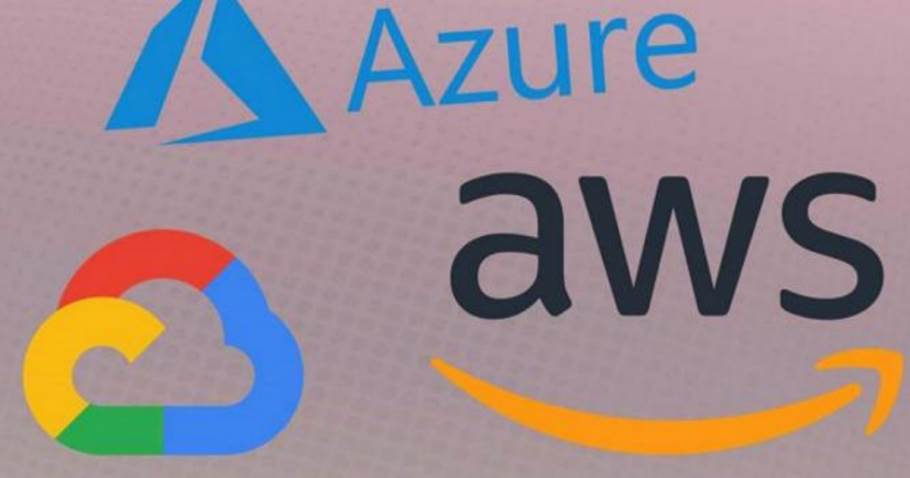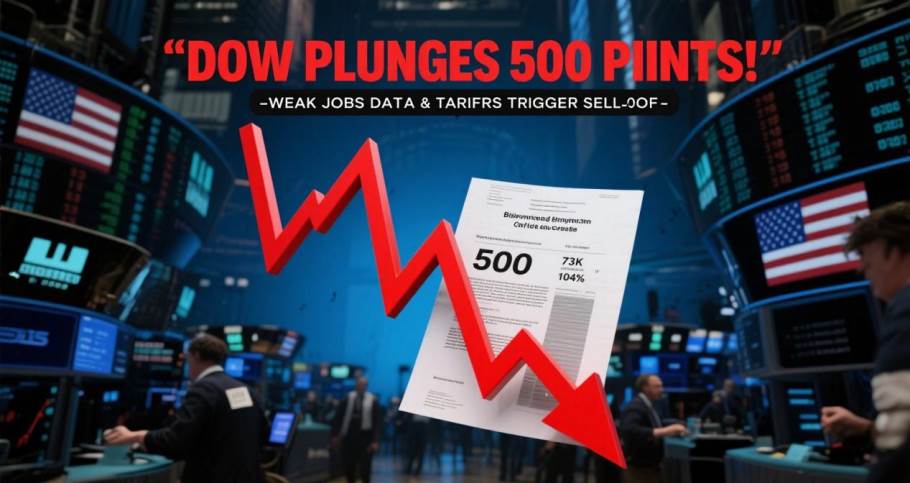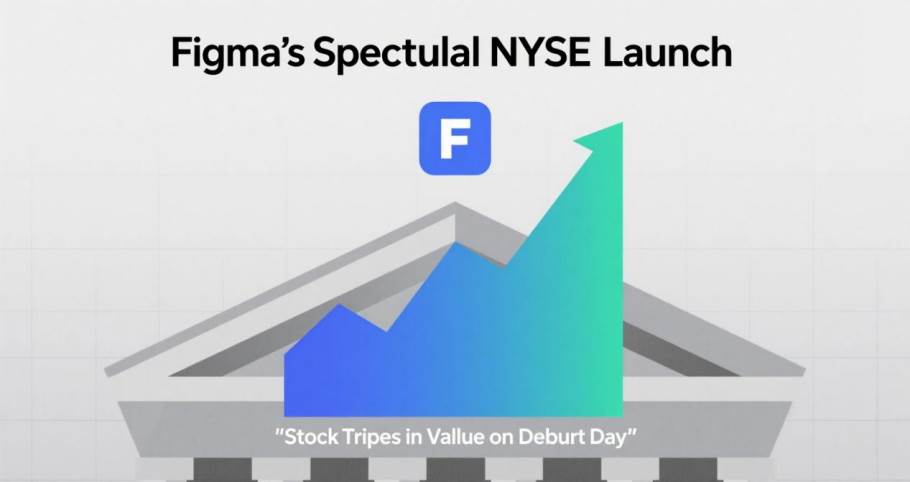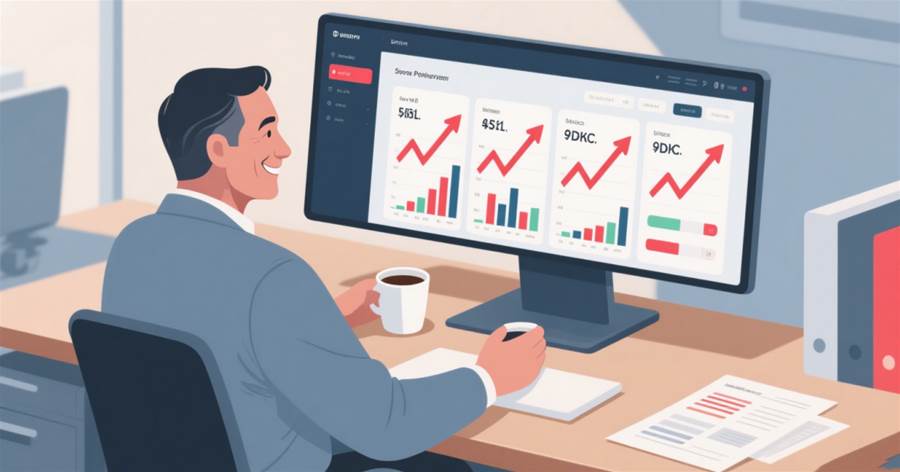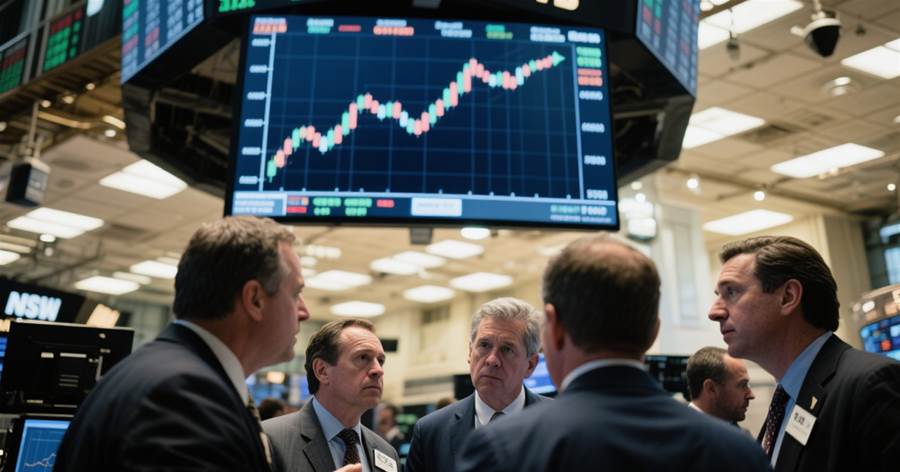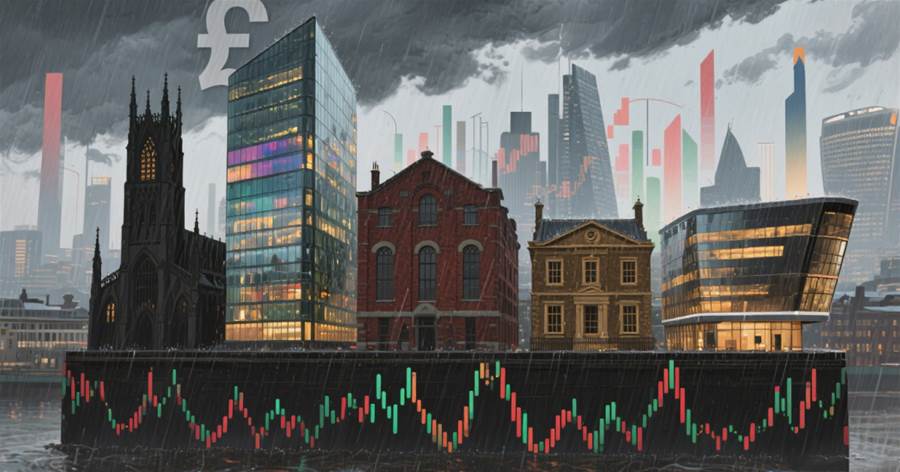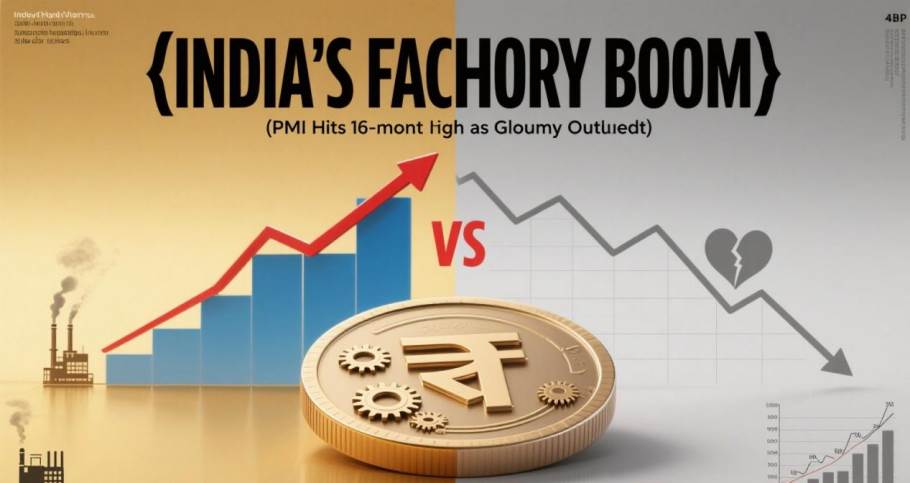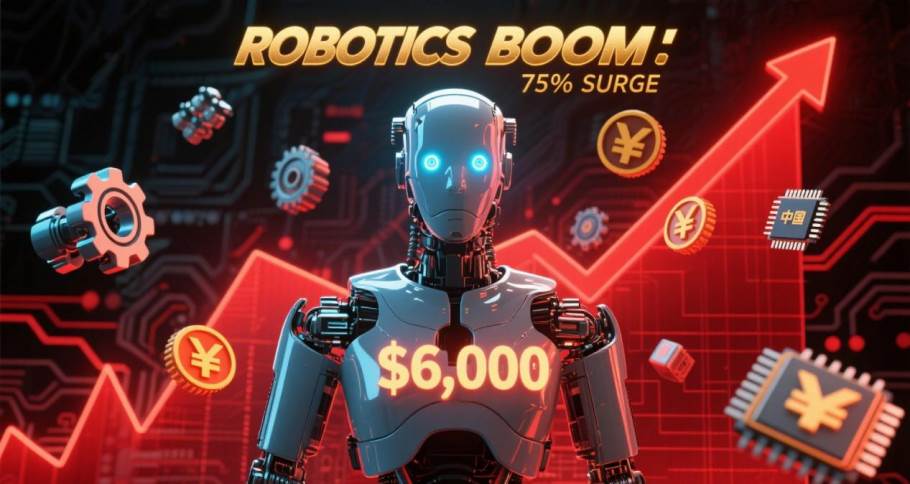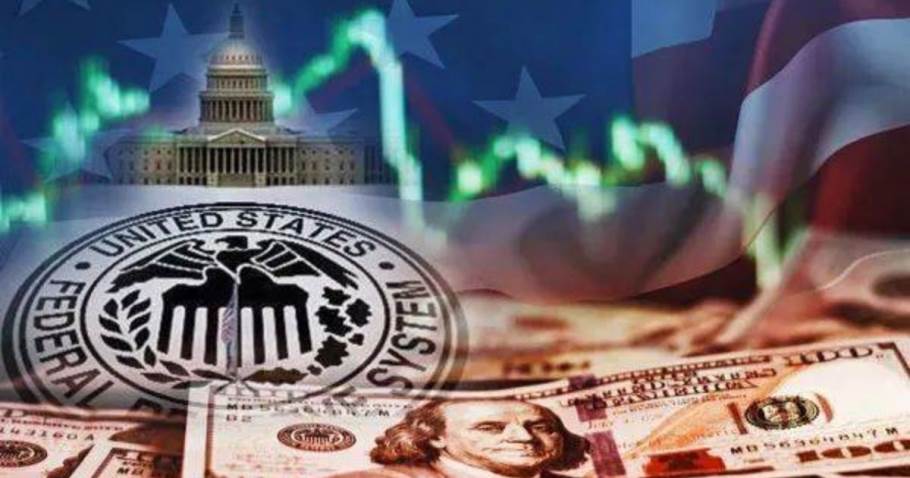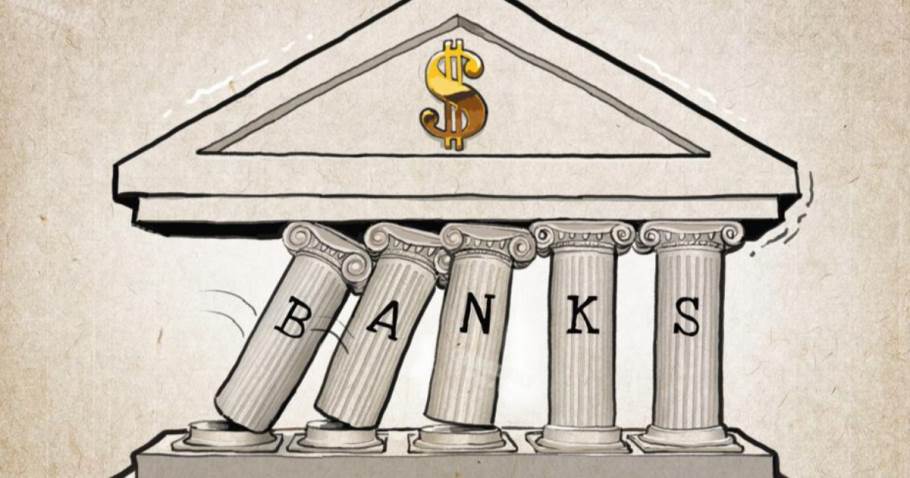Fed Stands Pat, Powell’s Cautious Tone Sends September Rate Cut Odds Below 50%
The Federal Reserve opted to leave interest rates unchanged at its July policy meeting, maintaining the federal funds rate target range at 4.25%-4.50% as widely expected. However, Fed Chair Jerome Powell’s notably cautious remarks during the post-meeting press conference triggered a sharp shift in market sentiment, with traders slashing the probability of a September rate cut to below 50%—a dramatic reversal from earlier expectations.
A Divided Decision Amid Cooling Growth
The Federal Open Market Committee (FOMC) voted 9-2 to keep rates steady, with Governors Christopher Waller and Michelle Bowman dissenting in favor of a 25-basis-point cut. This marked the first time since 1993 that two Fed governors have jointly opposed an interest rate decision, underscoring growing internal rifts over the path of monetary policy.
In its policy statement, the Fed struck a more muted tone on economic growth, noting that “recent indicators suggest economic activity has slowed in the first half of the year, despite volatility in net exports continuing to cloud data.
” This contrasted with its June assessment, which described growth as “steadily expanding.” The shift reflects mounting concerns among policymakers about softening momentum: Powell later revealed that U.S. GDP growth slowed to 1.2% in the first half of 2025, down from 2.5% in 2024, driven largely by a pullback in consumer spending—a critical engine of the economy.
Powell Cools September Cut Hopes
Powell’s press conference did little to reassure investors betting on imminent easing.
When pressed on the likelihood of a September rate cut, he emphasized that the FOMC “has not made any decisions” and that policy moves would hinge on “the totality of incoming data” between now and the next meeting. With two full rounds of jobs reports, inflation data, and consumer spending figures set to be released before September, Powell stressed that the Fed would “act deliberately” to avoid overreacting to short-term trends.
The article is not finished. Click on the next page to continue.
The article is not finished. Click on the next page to continue.
